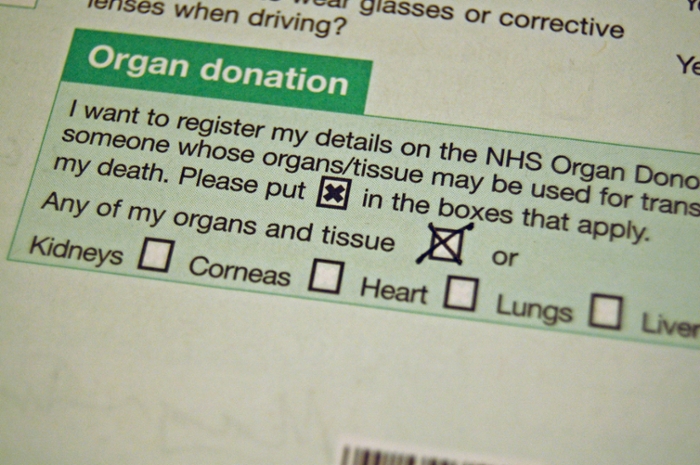Manufacturing a Better Organ Transplant Process
IPR associate uses unique method to identify risk, propose solution
Get all our news

With a shortfall in the supply of donated organs, improving the organ transplantation process is critical.
What do organ transplants and manufacturing have in common?
According to Jane Holl, pediatrician and IPR associate, a common technique in the manufacturing world—known as a Failure Mode Effects and Criticality Analysis (FMECA)—can also be used to improve complex processes in healthcare such as procuring and transporting organs for transplantation.
“Organ transplantation is one of the most risky and complex methods of healthcare,” she explained, noting that only 22,000 deceased organs are donated each year, yet over 120,000 people are on the organ waiting list. With such a shortfall of supply, identifying possible failures in the processes of organ procurement—and working to correct them—is critical.
Holl outlined a three-step study she conducted with her co-authors, which included a detailed risk assessment of “what can go wrong” in the organ procurement process, the development of an implementable solution, and then a pilot test of this new method.
The researchers began by using the FMECA method to identify vulnerabilities and potential errors in the transplantation process. Through interviews with representatives of organ transplant non-profits and centers, they pinpointed two most commonly reported errors: data entry and issues with labeling the organs.
“We’re still writing labels by hand for these precious 22,000 organs that we spend hundreds of thousands, if not millions, of dollars to recover in the United States,” said Holl. She emphasized how mistakes such as writing the wrong donor ID number can result in an organ being delivered to a recipient who is not the correct match for it.
To address such errors, the researchers developed a new app and wireless label printer to standardize and improve the procurement process. They then tested the app and printer through lab-based simulations that involved real organ procurement teams working to obtain, label, and transport an organ.
The new method is estimated to address about 65 percent of the highest-risk failures by decreasing donor-recipient matching errors, and ultimately by reducing the number of organs discarded in the process and reducing procurement costs.
Improving organ procurement is not only important for deceased organ donation, Holl explained, but also for convincing more living people to consider donating an organ.
“In the United States, as we’re trying to advance living donation, any errors that occur … are just a nonstarter for the whole field of transplantation,” she said. “And we clearly have to move toward living donations.”
Jane Holl is Mary Harris Thompson, MD, Professor of Pediatrics and Preventive Medicine and an IPR associate.
Photo credit: Magnus D., Flickr
Published: December 8, 2016.